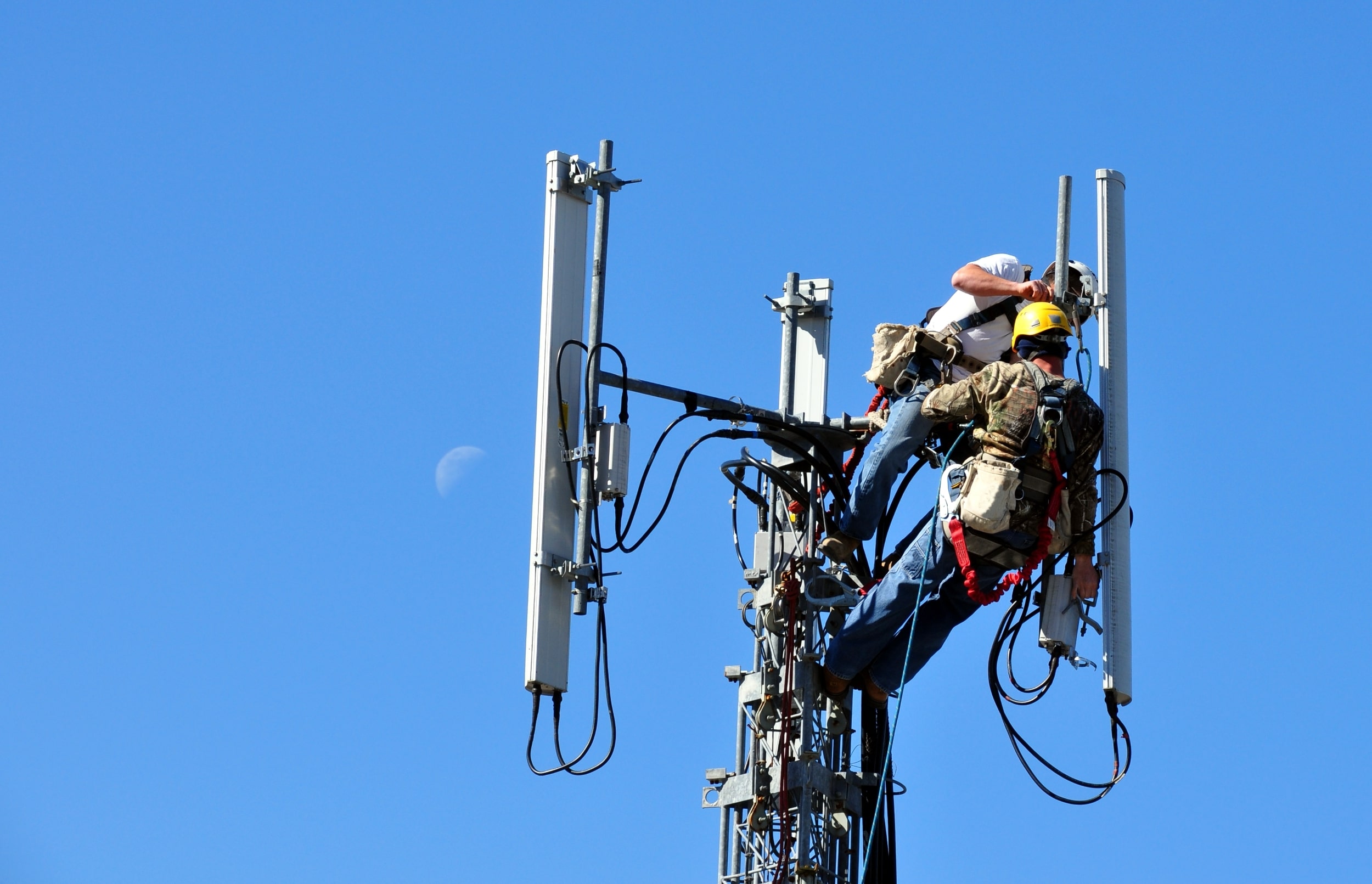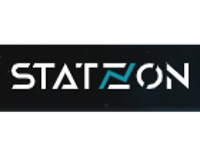MTN Consulting is focused on network operators & their technology supply chains, tracking the economics of the network operator business and assessing the big shifts that impact technology spending trends. Our coverage includes:
3 major network operator markets
- Telecom Network Operator (TNO)
- Webscale Network Operator (WNO)
- Carrier-Neutral Network Operator (CNNO)
190+ operators
Across the three major network operator markets in all key regions
40+ time series
10+ years’ market- and operator-wise data across quarters and years starting 2011
~50 reports published per year
- Market data and insight reports spanning –
- quarterly market reviews
- operator and vendor deep dives
- benchmarking and strategic assessments
- forecast/outlook analysis

Latest report
Telecom’s biggest vendors, 2Q25: Vendor market bounces back, but tariffs cast a long shadow
The goal of this report series is to equip telecom industry decision-makers with a comprehensive view of spending trends and vendor market power in their industry. To do this we assess technology vendors' revenues in the telecom vertical, across a wide range of company types and technology segments. We call this market "telco network infrastructure", or "Telco NI." This study tracks 137 Telco NI vendors, providing revenue and market share estimates for the 1Q13-2Q25 period (i.e. 50 quarters). Of these 137 vendors, 111 are actively selling to telcos; most others have been acquired by other companies in the database. For instance, ADVA is now part of Adtran, but both companies remain in the database because of historic sales. Below are the key highlights of the report: Revenues: Telco Network Infrastructure (NI) vendor revenues reached approximately $54.3 billion in 2Q25, representing a 2.0% YoY increase. Annualized revenue edged up 0.7% to about $207.7 billion, snapping a nine-quarter contraction and signaling a modest recovery in network infrastructure investments. Huawei, which assisted in softening the market decline earlier in 2024, reverted to a downtrend in 2Q25. Without Huawei’s data included, market revenue growth is much stronger. Top vendors: The traditional leaders Huawei, Ericsson, and Nokia accounted for roughly 35% of the Telco NI market on an annualized basis and 36.8% in 2Q25 alone. Huawei’s market share has weakened notably since 2021 and faced persistent pressure outside China in 2025. Meanwhile, vendors like China Comservice and ZTE maintained their fight for the 4th and 5th positions. Key vendors by YoY revenue growth: Dixon Technologies and Wiwynn led YoY revenue growth in 2Q25, fueled by Dixon’s a low year-ago base, and Wiwynn’s expansion in data center infrastructure linked to AI-driven digital transformation. Broadcom’s surge continues, boosted by its VMware acquisition. Meanwhile, Alphabet, Microsoft, Amazon, Dell Technologies, and Harmonic grew through their digital transformation offerings. Spending outlook: The outlook for 2H25 and beyond remains cautious, with gradual growth expected but tempered by macroeconomic uncertainty, tariffs, and geopolitical tensions. Capital spending will vary by region and operator readiness, as the broader market navigates evolving technology cycles and geopolitical complexities. Note: Several companies, including Ciena, were estimated for 2Q results due to the unavailability of official financial reports for the April-June period on a calendar-year basis. These estimates will be revised and updated as more accurate data becomes available.
Latest reports
- August 25, 2025 Telecom’s biggest vendors, 2Q25: Vendor market bounces back, but tariffs cast a long shadow
- June 11, 2025 Webscale Market Tracker, 1Q25: AI FOMO pushes 12 month capex to $340B, passing telco market
- June 5, 2025 Global Telco Market Tracker, 4Q24: Annual capex stays muted below $300B
- June 4, 2025 US telco capex fading as AI giants take center stage
- June 2, 2025 India capex starts to ease in 1Q25 after 3 big years


MTN Consulting is focused on network operators & their technology supply chains, tracking the economics of the network operator business and assessing the big shifts that impact technology spending trends. Our coverage includes:
- 3 major network operator markets
- 190+ operators
- 40+ time series
- 50 reports published per year
Latest report
Telecom’s biggest vendors, 2Q25: Vendor market bounces back, but tariffs cast a long shadow
The goal of this report series is to equip telecom industry decision-makers with a comprehensive view of spending trends and vendor market power in their industry. To do this we assess technology vendors' revenues in the telecom vertical, across a wide range of company types and technology segments. We call this market "telco network infrastructure", or "Telco NI." This study tracks 137 Telco NI vendors, providing revenue and market share estimates for the 1Q13-2Q25 period (i.e. 50 quarters). Of these 137 vendors, 111 are actively selling to telcos; most others have been acquired by other companies in the database. For instance, ADVA is now part of Adtran, but both companies remain in the database because of historic sales. Below are the key highlights of the report: Revenues: Telco Network Infrastructure (NI) vendor revenues reached approximately $54.3 billion in 2Q25, representing a 2.0% YoY increase. Annualized revenue edged up 0.7% to about $207.7 billion, snapping a nine-quarter contraction and signaling a modest recovery in network infrastructure investments. Huawei, which assisted in softening the market decline earlier in 2024, reverted to a downtrend in 2Q25. Without Huawei’s data included, market revenue growth is much stronger. Top vendors: The traditional leaders Huawei, Ericsson, and Nokia accounted for roughly 35% of the Telco NI market on an annualized basis and 36.8% in 2Q25 alone. Huawei’s market share has weakened notably since 2021 and faced persistent pressure outside China in 2025. Meanwhile, vendors like China Comservice and ZTE maintained their fight for the 4th and 5th positions. Key vendors by YoY revenue growth: Dixon Technologies and Wiwynn led YoY revenue growth in 2Q25, fueled by Dixon’s a low year-ago base, and Wiwynn’s expansion in data center infrastructure linked to AI-driven digital transformation. Broadcom’s surge continues, boosted by its VMware acquisition. Meanwhile, Alphabet, Microsoft, Amazon, Dell Technologies, and Harmonic grew through their digital transformation offerings. Spending outlook: The outlook for 2H25 and beyond remains cautious, with gradual growth expected but tempered by macroeconomic uncertainty, tariffs, and geopolitical tensions. Capital spending will vary by region and operator readiness, as the broader market navigates evolving technology cycles and geopolitical complexities. Note: Several companies, including Ciena, were estimated for 2Q results due to the unavailability of official financial reports for the April-June period on a calendar-year basis. These estimates will be revised and updated as more accurate data becomes available.
Latest reports
- August 25, 2025 Telecom’s biggest vendors, 2Q25: Vendor market bounces back, but tariffs cast a long shadow
- June 11, 2025 Webscale Market Tracker, 1Q25: AI FOMO pushes 12 month capex to $340B, passing telco market
- June 5, 2025 Global Telco Market Tracker, 4Q24: Annual capex stays muted below $300B
- June 4, 2025 US telco capex fading as AI giants take center stage
- June 2, 2025 India capex starts to ease in 1Q25 after 3 big years
In The Press
-

-

-

-

April 2024
What lies ahead for India’s Vodafone Idea -

Our Three Core Offerings

Research
MTNC’s research is focused on communications network infrastructure, a market attracting $3.5 trillion in annual operator revenues. Our goal is to provide credible, holistic assessments of where the NI market currently stands and where it is headed. Reports address market and technology trends, key players, and country dynamics.
![2-1[1]](https://www.mtn-c.com/wp-content/uploads/2023/04/2-11.webp)
Subscription
MTNC bundles its research into an annual subscription service called “Global Network Infrastructure”. GNI provides clients with an end-to-end view of the network operator business, assessing the big shifts that impact technology spending trends. GNI clients include technology vendors (chips, network equipment and software, IT services), operators, regulators, and investors.

Consulting
Our consulting services include: scenario planning; market sizing, forecasting, and analysis; organizational strategy; marketing support; competitive benchmarking; and, due diligence support for M&A and PE transactions. We bring experience and independence to the table, and access to the proprietary databases generated by our GNI subscription program.
In The Press
Southeast Asia emerging as the new battleground for cloud service providers
Fierce Network
Hyperscalers gain network infrastructure market share
Inform, TM Forum
Can CSPs realize opex reductions through AI?
Inform, TM Forum
What lies ahead for India’s Vodafone Idea
Fierce Network
SK Telecom’s enduring belief in metaverse spells hope for the technology
Fierce Network
BT confirms Starlink tests as it explores remote connectivity options
Fierce Network
Forecast on Telecoms Capex, Revenue and Business Models
Telecomlead
What does Qualcomm terminating its chip deal with Iridium mean for satellite telecom?
SDxCentral
ZTE stock slides on weaker earnings, falling revenue
LightReading
AT&T, Vodafone, AST hit a 5G satellite milestone
SDxCentral
Amazon, SpaceX extend reach with Vodafone, KDDI satellite deals
SDxCentral
Vodafone expands horizons with Amazon’s Project Kuiper
Fierce Network
Blogs

With each passing day, the 2G and 3G layers of telcos' mobile networks are looming as heavy loads on operating expenses (opex). That's due to multiple issues but especially energy consumption and related costs. With the exist
read more
Vendors continue to wrestle with supply chain constraints in the telecom sector. That's clear from several recent vendor earnings reports, including those issued by Dell, HPE, and Ciena in recent weeks. Telco spending, though
read more
Telco network spending has been on the rise over the last few quarters. Vendor sales of network infrastructure to the telco vertical ("Telco NI”) totaled $55.5B in 1Q22, up 5.7% YoY. On an annualized basis, Telco NI revenue
read more
Telco NI's top 3 Telcos buy products & services from dozens of different vendors. Our research tracks 130. Some are relatively easy to classify into a segment, e.g. Corning, a "cabling & connectivity" vendor in our
read more
It was the Greek philosopher Heraclitus who coined the phrase, “Change is the only constant in life.” Well over a thousand years later, Benjamin Franklin continued the thought, saying, “When you are finished changing
read more
One of the many telecom stats we track is "labor costs", i.e. what telcos spend in salaries and benefits to support their workforce. Not a lot of other analyst firms track labor costs, if any. It's not an easy one to track, a
read moreOur Research Bundles


Meet Our Partners
Stay in the loop
Get our latest blog and research alerts by signing up below.






